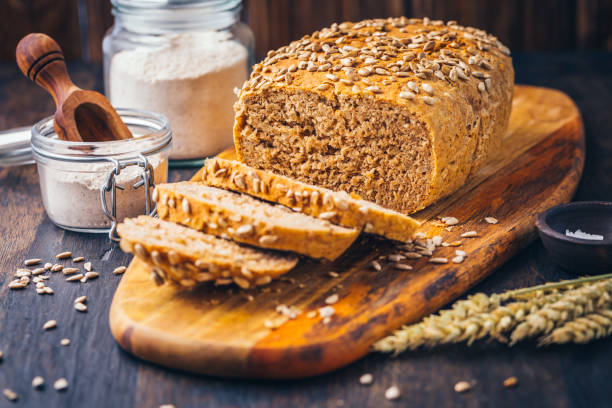Introduction: Antiguan and Barbudan cuisine
Antigua and Barbuda, located in the Caribbean, is known for its vibrant culture, beautiful beaches, and delicious food. The cuisine of Antigua and Barbuda takes inspiration from African, European, and Indigenous cuisines, resulting in a diverse range of dishes. One of the most important staples in Antiguan and Barbudan cuisine is bread, which is consumed in various forms throughout the day.
Bread in Antiguan and Barbudan culture
Bread has been a part of Antiguan and Barbudan culture for centuries, with various types of bread being consumed for breakfast, lunch, and dinner. Bread is often used to scoop up stews and soups and is also eaten as a snack. The bread-making tradition in Antigua and Barbuda is passed down from generation to generation, with each family having their unique recipes and techniques.
Historical influences on bread varieties
The history of Antigua and Barbuda has played a significant role in shaping the bread varieties that are consumed in the country. The African influence on Antiguan and Barbudan cuisine is evident in the use of cassava as a primary ingredient in bread making. European influence is also seen in the use of wheat flour in bread making. The Indigenous people of Antigua and Barbuda have also contributed to the bread-making tradition with their use of cornmeal in bread making.
Cassava bread: a traditional staple
Cassava bread is a staple in Antiguan and Barbudan cuisine and is made by grating cassava, squeezing out the juice, and baking the grated cassava. Cassava bread is dense and has a slightly sour taste, making it an excellent accompaniment to stews and soups. Cassava bread is also gluten-free, making it suitable for people with gluten intolerance.
Fungee: a popular breakfast bread
Fungee is a popular breakfast bread in Antigua and Barbuda and is made by boiling cornmeal and water until it forms a dough-like consistency. The dough is then shaped into small balls and served with saltfish or other breakfast dishes. Fungee is also gluten-free and a great option for those with dietary restrictions.
Johnny cake: a versatile snack
Johnny cake is a versatile bread that is consumed throughout the day. It is made by mixing flour, sugar, baking powder, and salt and then frying the dough in oil. Johnny cake can be sweet or savory, depending on the ingredients used. It is often eaten as a snack and can be served with butter or cheese.
Sweet bread: a dessert specialty
Sweet bread is a dessert specialty in Antigua and Barbuda and is made by combining flour, sugar, cinnamon, nutmeg, and other spices. The dough is then baked and served with butter or cheese. Sweet bread is often consumed during festive occasions, such as Christmas and Easter.
Conclusion: preserving Antiguan and Barbudan bread culture
Bread is an essential part of Antiguan and Barbudan culture, and the bread-making tradition is an important aspect of the country’s culinary heritage. It is crucial to preserve these traditional bread varieties by passing down recipes and techniques to future generations. By doing so, we can ensure that Antigua and Barbuda’s unique bread-making tradition continues to thrive.













